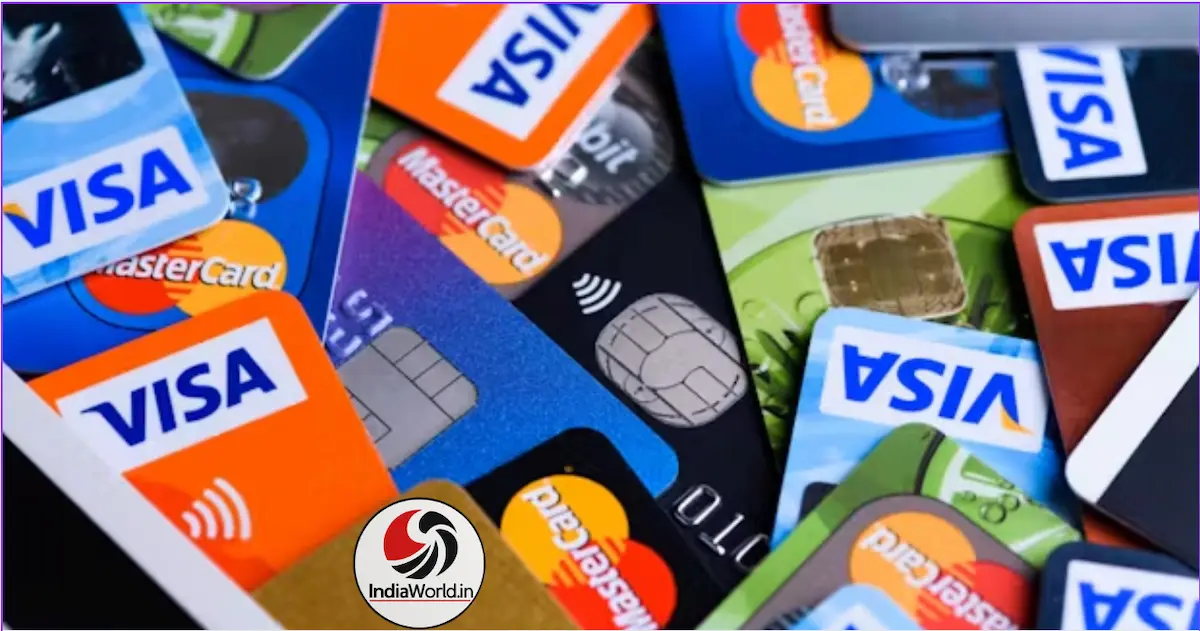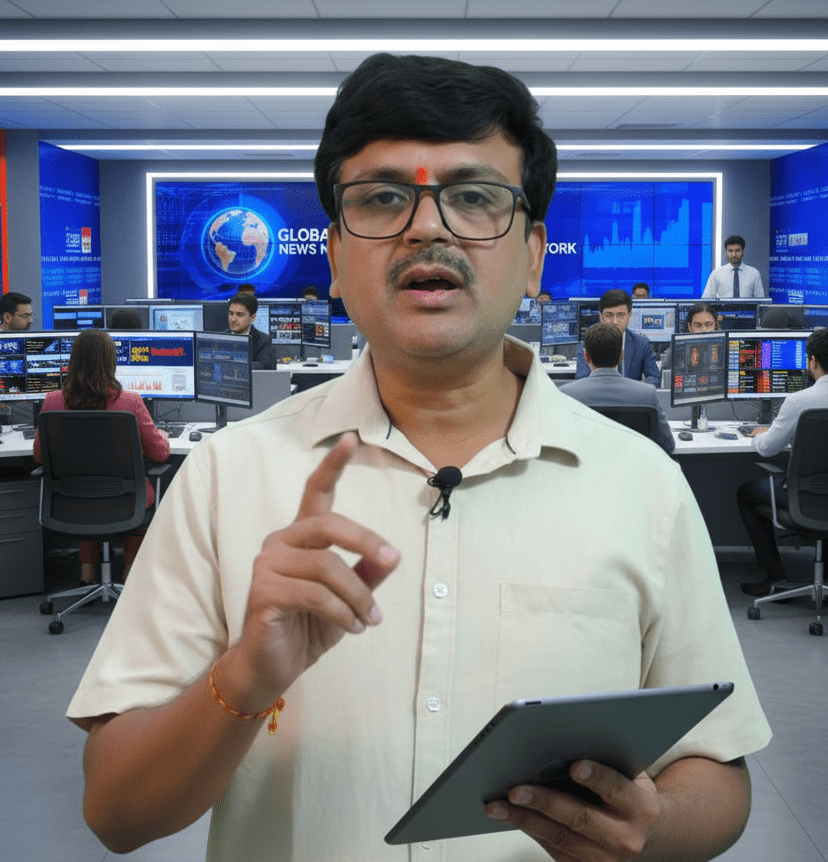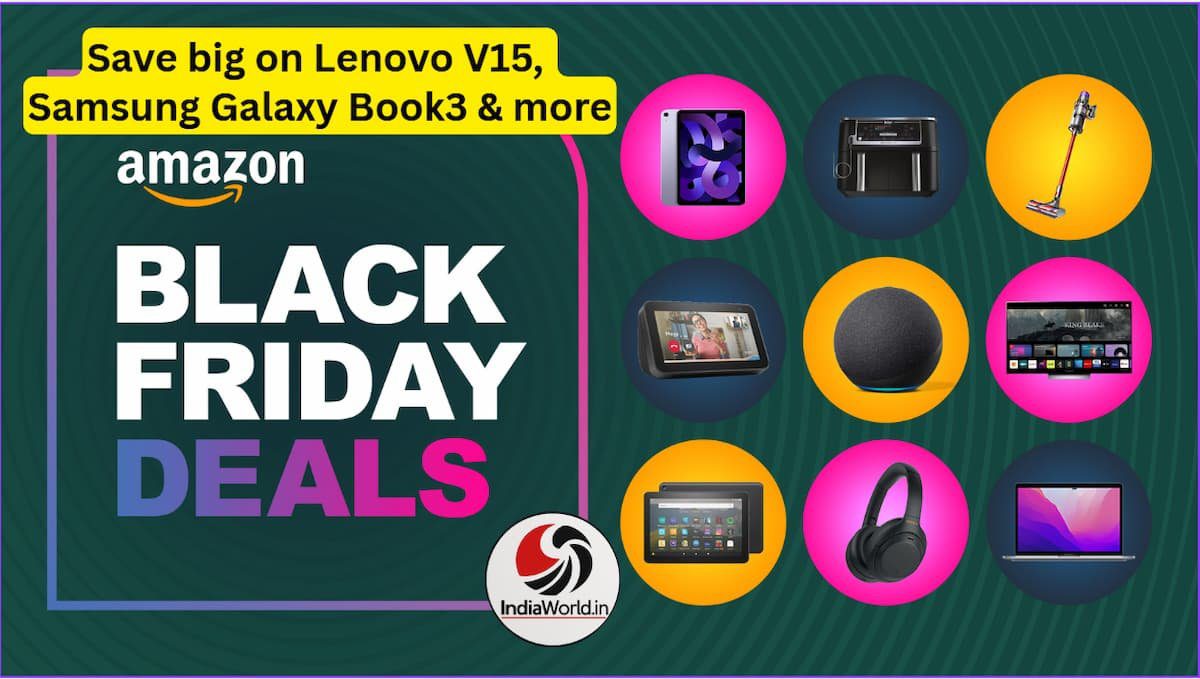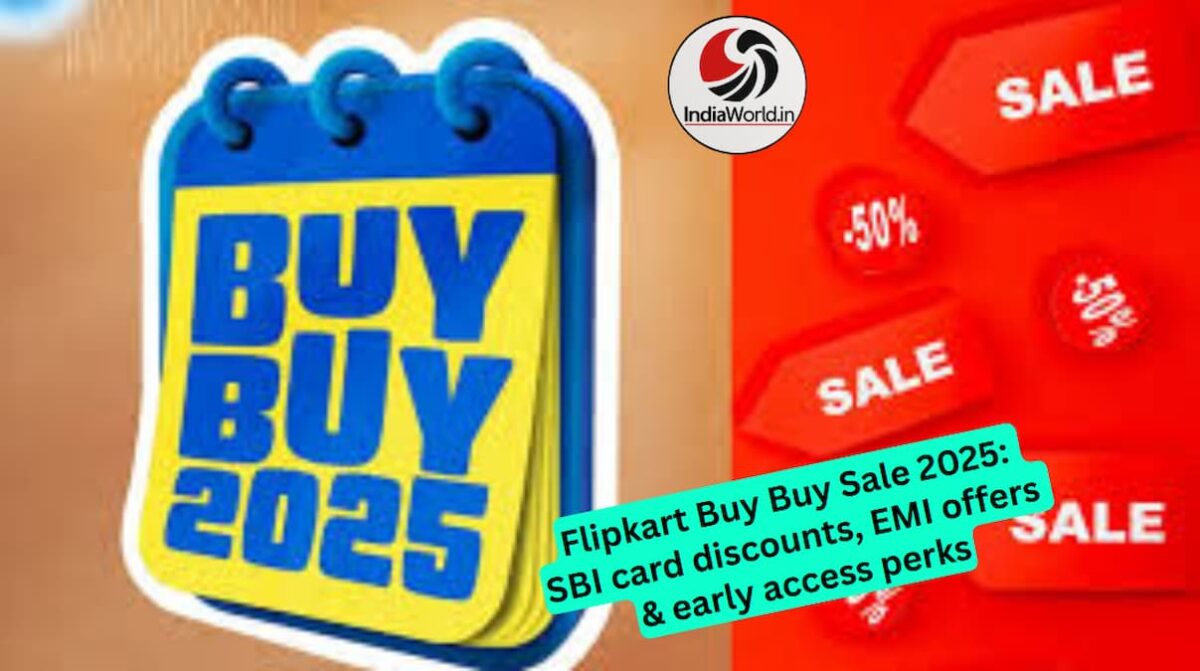Avoiding the Credit Card Minimum Payment Trap: Smart Tips to Boost Your Credit Score in India
Many credit card users in India—especially in cities like Hyderabad, Bengaluru, and Mumbai—fall into the trap of making only the minimum payment due. While it may seem like a short-term fix, this habit can lead to mounting debt and a damaged credit score. In this guide, we’ll break down the hidden risks of minimum payments and share practical strategies to escape the debt trap and improve your financial health.
What Is the Credit Card Minimum Payment Trap?
Credit cards offer convenience, flexibility, and instant purchasing power. But when used without caution, they can become a financial burden. One of the most common pitfalls is the “minimum payment trap”—where users pay only a small portion (usually 5%) of their total outstanding balance.
For example, if your credit card bill is ₹1,00,000, the minimum payment might be just ₹5,000. While this keeps your account active and avoids late fees, it barely reduces your actual debt. The remaining ₹95,000 continues to accrue interest—often at rates as high as 40% to 42% annually.
Why Minimum Payments Can Wreck Your Credit Score
Paying only the minimum amount due may seem manageable, but it has serious long-term consequences:
- High Interest Accumulation: Your unpaid balance grows rapidly due to compounding interest.
- Poor Credit Utilization Ratio: A high balance compared to your credit limit negatively affects your score.
- Debt Spiral Risk: Over time, your debt becomes harder to manage, leading to missed payments and penalties.
- Reduced Trustworthiness: Lenders may view you as a high-risk borrower, affecting future loan approvals.
Understanding Credit Utilization and Its Impact
Your credit utilization ratio is the percentage of your available credit that you’re using. Ideally, it should be below 30%. If you consistently carry a high balance—even if you make minimum payments—your ratio stays high, which lowers your credit score.
🔍 Common Reasons People Fall Into the Trap
1. Lack of Financial Awareness
Many users don’t understand how interest works or how minimum payments affect their credit.
2. Short-Term Relief Mindset
Paying the minimum feels like a win—until the interest piles up.
3. Multiple Credit Cards
Juggling several cards makes it harder to track balances and payments.
4. Lifestyle Inflation
Spending beyond your means due to peer pressure or social media trends.
🛑 Real-Life Example: The ₹1 Lakh Trap
Let’s say you owe ₹1,00,000 and pay only ₹5,000 monthly. With 42% annual interest, your debt could balloon to ₹1.5 Lakhs or more in just a year. And you’ll still be stuck paying minimums without reducing the principal.
🧩 How to Escape the Minimum Payment Trap
✅ 1. Pay More Than the Minimum
Always aim to pay the full amount due. If that’s not possible, pay as much above the minimum as you can.
✅ 2. Use the Avalanche Method
Focus on paying off the card with the highest interest rate first while making minimum payments on others.
✅ 3. Consolidate Your Debt
Consider a personal loan with lower interest to pay off your credit card dues.
✅ 4. Track Your Spending
Use budgeting apps or Excel sheets to monitor expenses and avoid overspending.
✅ 5. Set Payment Reminders
Automate payments or set alerts to avoid missing due dates.
Topic Keywords:
- How to pay off credit card debt India
- Debt consolidation tips
- Budgeting tools for Indian users
GEO Long-Tail Keywords:
- Credit card repayment plan Hyderabad
- Debt-free strategy Bengaluru
- Budgeting apps for Mumbai users
Boosting Your Credit Score the Smart Way
Improving your credit score isn’t just about paying bills—it’s about building trust with lenders. Here’s how:
- Maintain Low Balances: Keep your utilization ratio under 30%.
- Pay on Time: Timely payments are the biggest factor in your score.
- Avoid New Debt: Don’t apply for multiple loans or cards at once.
- Check Your Credit Report: Review your CIBIL score regularly for errors.
What Banks Don’t Tell You About Minimum Payments
Banks often highlight the ease of minimum payments but rarely explain the long-term cost. It’s important to read the fine print and understand:
- Annual Percentage Rate (APR)
- Late Payment Fees
- Processing Charges
- Impact on Creditworthiness
📍 Regional Insights: Where Credit Card Debt Is Rising
🔹 Hyderabad
Young professionals and freelancers are increasingly relying on credit cards for lifestyle expenses.
🔹 Bengaluru
Tech employees with multiple cards face challenges in managing balances.
🔹 Mumbai
High living costs lead to frequent use of credit cards for essentials.
Final Thoughts: Take Control of Your Credit Story
Credit cards are powerful tools—but only when used wisely. Paying just the minimum might feel convenient, but it’s a costly habit that can damage your financial future. By understanding the risks and taking proactive steps, you can escape the debt trap and build a strong credit profile.
Whether you’re in Hyderabad, Bengaluru, Mumbai, or anywhere across India, the journey to financial freedom starts with one smart payment decision.

Experience next-level audio with Bose QuietComfort Ultra Wireless Earbuds, featuring spatial audio that places sound right in front of you. Enjoy world-class noise cancellation powered by CustomTune tech, a customizable fit with 9 eartip options, and three listening modes for every moment. With up to 6 hours of battery life and fast charging, these Bluetooth earbuds are built for all-day performance.








